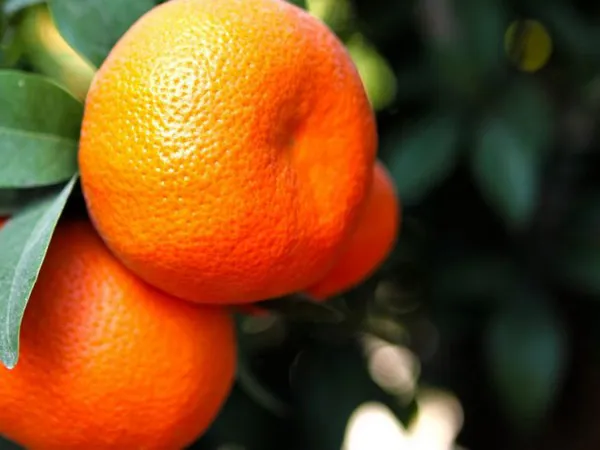The new season of Egyptian citrus that started in mid-November is now in full swing. Vanguard International expects another very strong season, however likely not a record-breaking one.
Weather has affected growers differently depending on which area their crops are in. Certain citrus growers in the region are noting an increase in volume between 15 and 25 percent while others are recording a reduction of up to 40 percent.
Even with the heat waves during bloom that affected flower set in some areas, Vanguard expects a good-sized crop and for Egypt to remain the top orange exporter to the EU. A smaller crop is synonymous with early timing and bigger fruit which is typical of the Egyptian crop this year (Vanguard sees particularly large sizes on Navel types).
 Soft citrus being packed now includes the well-sized Honey Murcott as well as Tango varieties.
Soft citrus being packed now includes the well-sized Honey Murcott as well as Tango varieties.
Navel, Valencia and soft citrus are currently all in the market. Navel availability is normally from September to March, while Valencia is available from the end of January to the end of May.
Peak sizes on Valencia are count 56/64 with less count 80/88. Brix is around 10.5 – 11 percent and the crop appears to be starting earlier than last season.
Soft citrus being packed now includes the well-sized Honey Murcott as well as Tango varieties. The brix range between size groups is from 9.6 to 11.6 percent. The packing of soft citrus started earlier than last year and Valencia will most likely end earlier as well.
Investment in new plantings and improved infrastructure in all aspects of citrus production, from irrigation to packaging, is starting to show its benefits and will aid in offsetting weather challenges affecting crop volumes. This season’s Egyptian citrus crops are estimated to come in with a decrease of 30 percent compared to last year, although this is a very general look at the total crop and the situation will likely be very different depending on the grower and in which region they are in.
Last season was a near-perfect one for citrus production and it helped Egypt become the top orange supplier to the EU. Navel and Valencia oranges are Egypt’s main citrus varieties accounting for 80 percent of their citrus export. Egypt also managed to open new markets including New Zealand, Brazil and Japan to help move the continuing volume growth. South Africa however remains the top citrus exporter to the EU when adding grapefruit and lemons to these figures.
 For more information:
For more information:
Andrea Bava
Vanguard International
Tel: (+1) 778 908 1764
andrea@blitzme.ca
www.vanguardfresh.com
